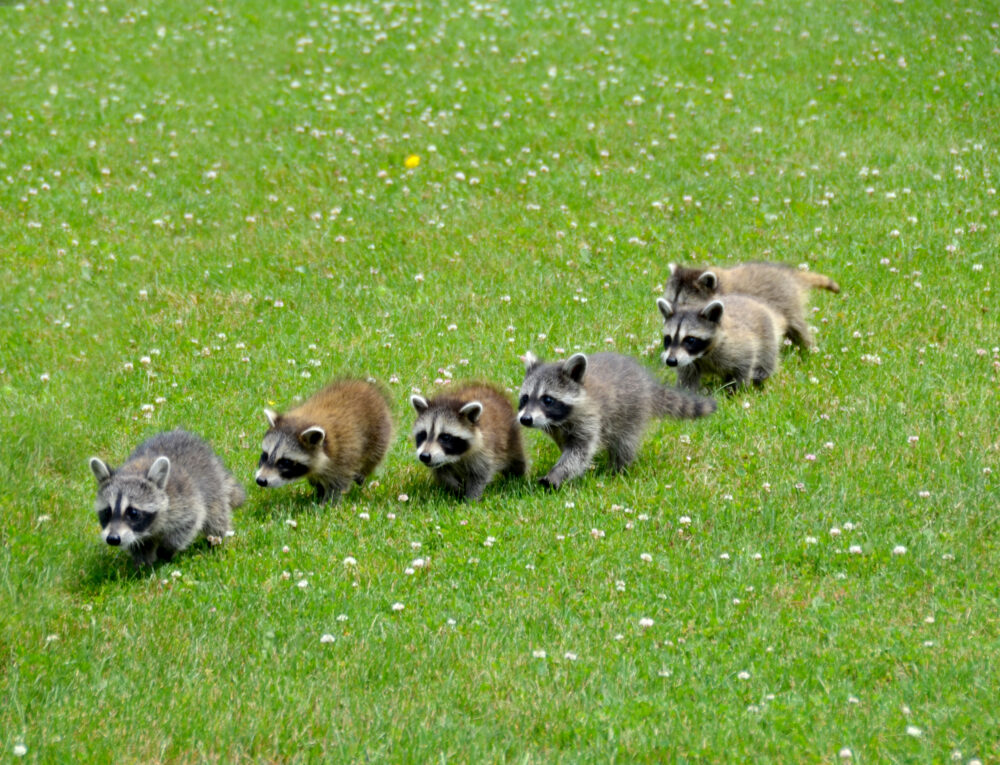We have much more to do and your continued support is needed now more than ever.
Bird of the Week: American Robin

It’s finally spring, and no bird symbolizes springtime quite like the American robin. As the soil warms up across much of the country, robins by the dozens are hopping across farm fields and suburban lawns feasting on earthworms that have been dormant for months.
In fact, in most parts of North America, robins are present year round. During winter, the popular backyard birds retreat to forests, where they feed on a variety of fruits and berries and roost together in large numbers. According to the Cornell Lab of Ornithology, their winter roosts can contain up to a quarter-million birds.
Harbingers of Spring
Come spring, robins emerge from the woods and begin running across lawns, golf courses, agricultural fields and other open areas, energetically hunting down worms and other invertebrate prey. The birds also start singing in springtime and compete for breeding territories, pair up, mate and build their nests. While one pair of robins can produce three broods in a year, on average only 40 percent of the birds’ nests successfully yield young.
Widely considered birds of towns and suburbs, American robins also are at home in wild shrub lands, pine forests, deciduous woodlands, mountain forests and tundra.
Robins and Global Warming
American robins are among many species already being affected by climate change. One study conducted at Colorado’s Rocky Mountain Biological Laboratory found that the birds are arriving at this high-altitude breeding ground about two weeks earlier than they did in the late 1970s, apparently in response to warmer temperatures in their low-altitude winter habitat.
But because conditions at the 9,662-foot biological laboratory have not changed as rapidly as in the lowlands, many robins now show up while snow still covers the ground. This means the birds must wait before beginning to feed and breed—a delay that could decrease production and survival of offspring.
Voice: Song is a series of two or three modulated whistles broken by brief pauses, often remembered as cheery cheerily cheery-up, repeated for hours. Common calls are a low tup or a higher, emphatic teep, sometimes in rapid series.
Backyard Tips: Robins do not eat birdseed, but they will feed on fruit such as blueberries, raisins or chopped apples if placed on tray feeders. Better yet, plant native trees and shrubs that produce berries; these plants also will provide shelter and potential nesting sites. Because robins forage on lawns, they are particularly vulnerable to predation by domestic cats and pesticide poisoning.
Sources: Cornell Lab of Ornithology’s All About Birds, National Wildlife Federation Field Guide to Birds of North America and “Out of Sync” by Laura Tangley, National Wildlife, April/May 2005.
Make your yard inviting to robins and other birds by creating an NWF Certified Wildlife Habitat.
Learn more about how global warming is affecting wildlife.






















